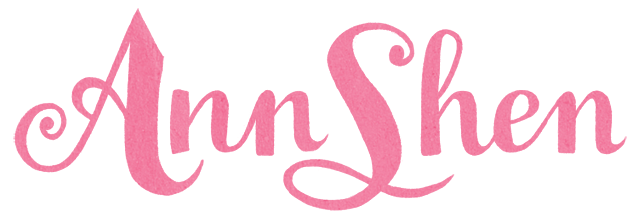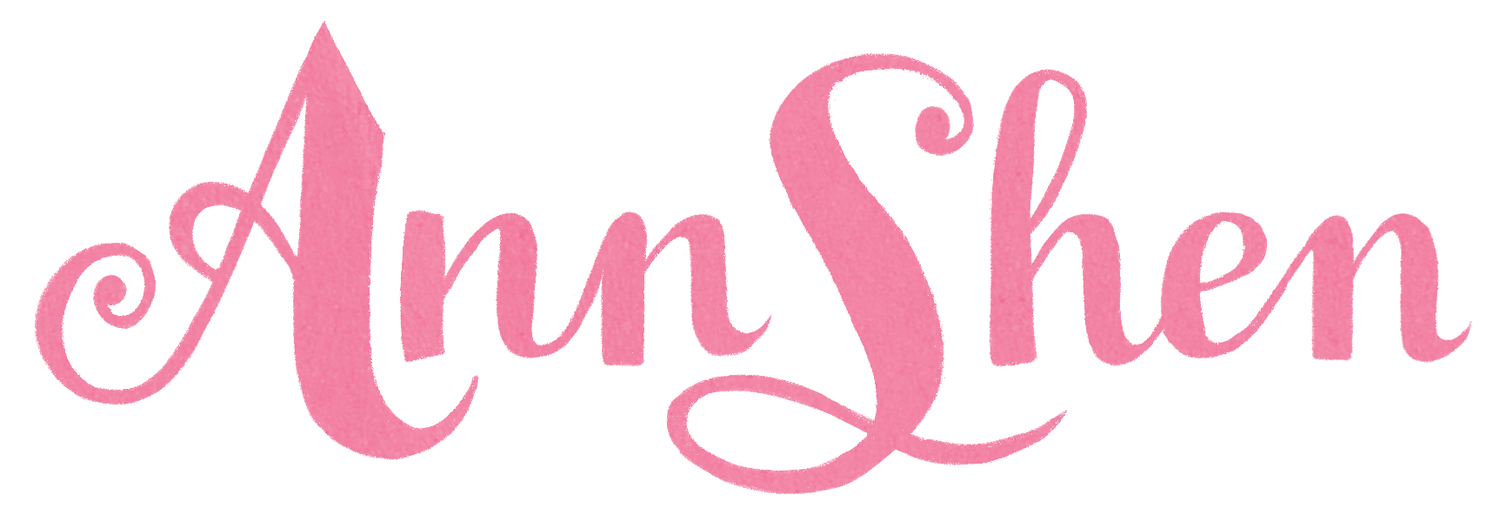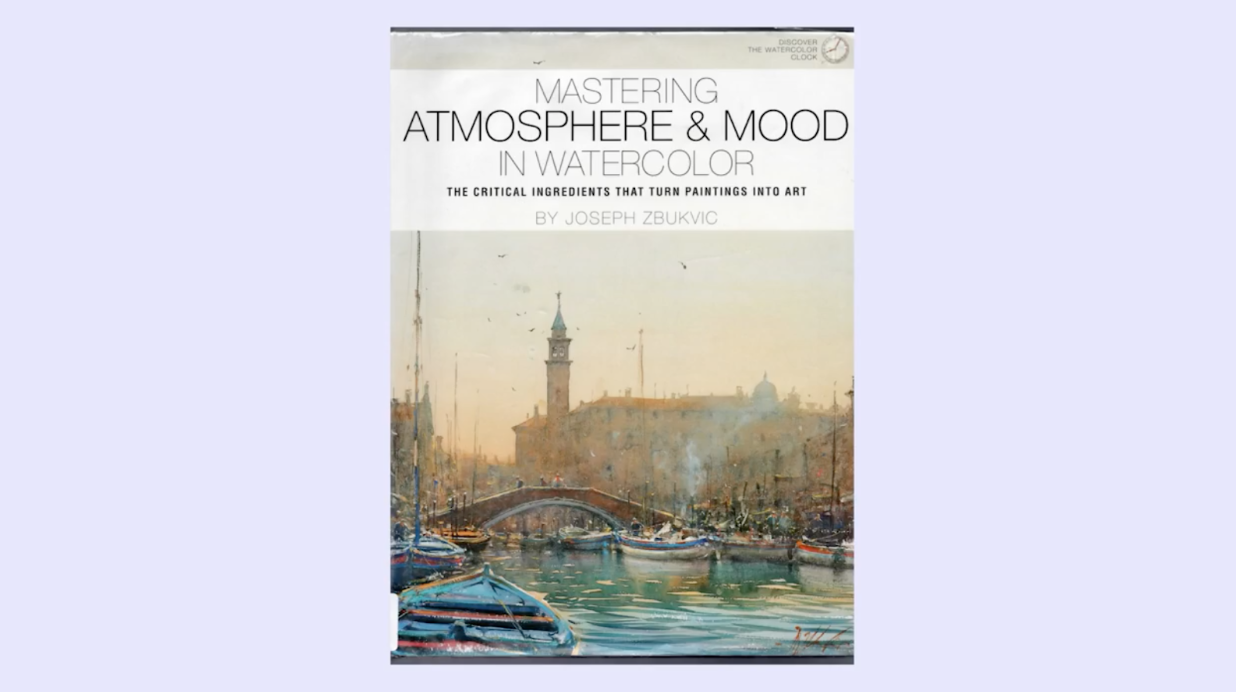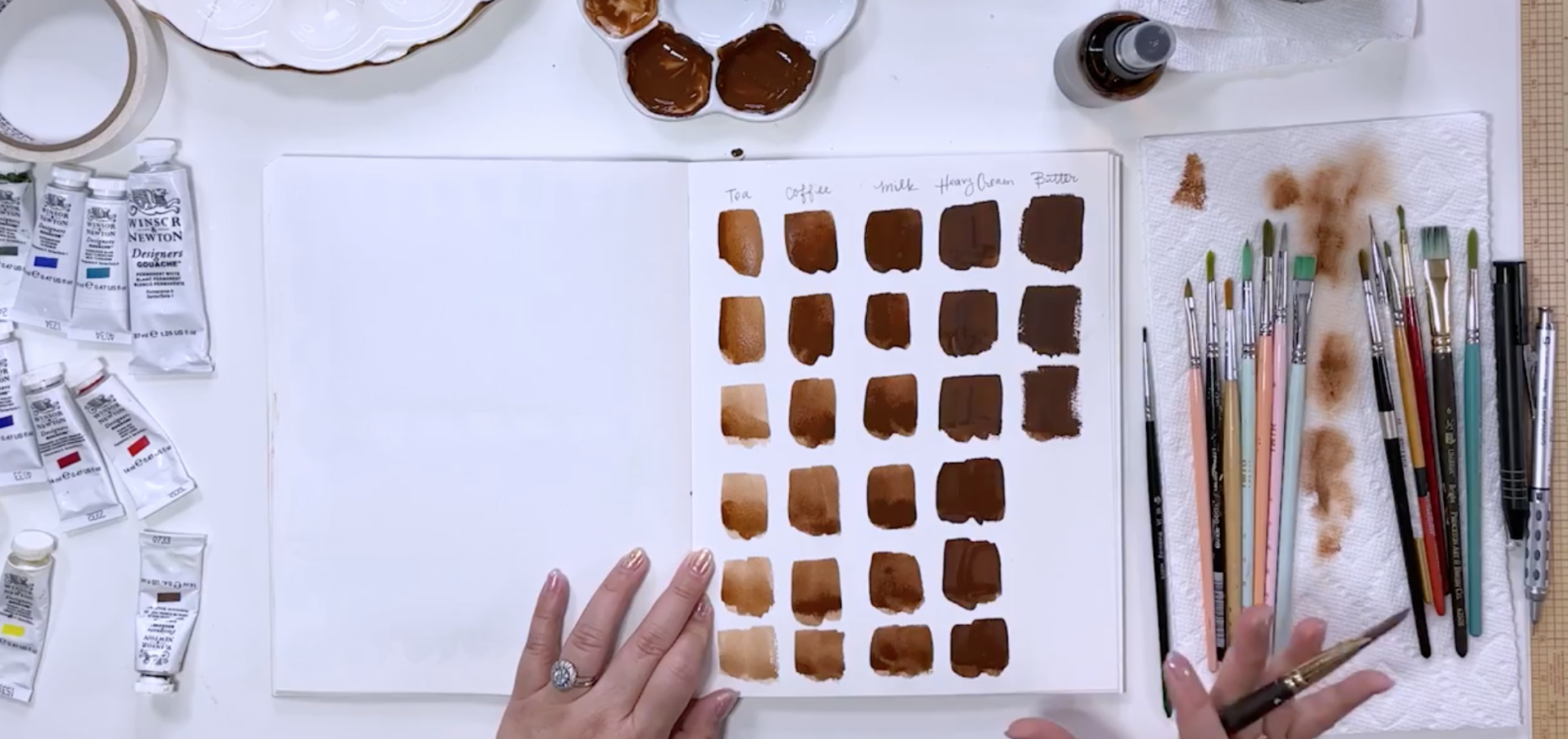Gouache Paint Consistency: Learn the Tea to Butter Method
One of the biggest challenges that gouache beginners face is getting the paint consistency right. In this tutorial, I’m going to walk you through the “Tea to Butter” method which will help you get comfortable with the different paint consistencies of gouache.
Gouache is a water-based medium which means that you can alter the consistency of the paint by adding water without breaking down the pigment. Gouache can be hard to work with right out of the tube, so most gouache painters add at least a little water to their gouache to get it to a comfortable consistency.
The Tea to Butter method compares the different gouache consistencies to different items like tea, coffee, cream, and butter. Gouache right out of the tube feels like painting with butter, and by adding more and more water to the paint, you can get different consistencies ranging from heavy cream all the way down to transparent tea. And that’s exactly what we’re going to practice in this blog post!
This post contains affiliate links which means if you purchase from one of the links I earn a small commission at no cost to you!
The Tea to Butter method was introduced by Joseph Zbukvic in his book, Mastering Atmosphere and Mood in Watercolor.
There are five main consistencies in the Tea to Butter method – butter, heavy cream, milk, coffee, and tea. We’ll explore each consistency so you can get comfortable working with gouache. Pull out your sketchbook and your favorite color of gouache and let’s get swatching! Here’s what our swatches will look like by the end of this exercise!
Start by labeling the different consistencies in your sketchbook so you can swatch the paint and see what they look like side by side.
Now add some paint straight from the tube to your palette. For this exercise, it’s important to use the same color for all the consistencies so that you can see how the opacity changes. We’re going to achieve the different consistencies by slowly adding water to the paint straight from the tube.
Tea
Tea is the most transparent of the five consistencies, so you’ll need to add the most water to this one. The goal is for it to look and feel like tea. So it will be transparent and thin, but still pigmented.
Grab a little bit of your paint from the tube, and add it to an empty well on your palette. Then wet your brush and start to add water drop by drop. There is no exact way to tell when you’ve reached the tea consistency, but that’s why we’re practicing in our sketchbook! When the consistency feels right, go ahead and swatch it in the “tea” column in your sketchbook. You can always add more water if it feels too thick!
Tea consistency is best for using gouache like you’d use watercolor. It’s great for washes and backgrounds, but not if you are painting something opaque.
Coffee
Next up is coffee. Like tea, this consistency is watery and transparent. But when you think of coffee, it’s a darker color than tea. So the goal here is to make sure your paint is still transparent but has more pigment than your tea consistency.
You can achieve this either by adding a tiny bit more gouache to the tea consistency you mixed up, or starting fresh by grabbing some gouache out of the tube and adding water drop by drop. Just be sure to add less water than you did with tea!
Milk
Milk is the last of the transparent consistencies. It has even more pigment than coffee but is still somewhat see-through. If you were to draw a line in black marker on your page and paint over it with the milk consistency, you should still be able to see it faintly. Experiment with this semi-transparent consistency by either adding a tiny bit more paint to your coffee mixture or starting from scratch by adding water to paint from the tube.
Heavy Cream
This is my favorite consistency, and the one most gouache painters work to achieve. A heavy cream consistency in your paint results in the flat, matte, opaque finish that makes gouache so unique. Gouache straight out of the tube can be thick and hard to work with, but adding just a touch of water will help your paint easily glide across the page while staying completely opaque.
Squeeze out some paint from the tube and start by adding just one drop of water to it. Mix it up and see if it feels like heavy cream. You can add a little more water as needed drop by drop, but you really don’t need much! The goal is to keep the paint opaque and smooth while being able to apply it evenly.
Butter
The last consistency we’ll play with is butter. As you’ve read, butter consistency uses paint straight out of the tube with no additional water. Since gouache is thick, this consistency can be a little hard to work with. If you use butter consistency for the majority of your painting, the layers will start to clump up and get very thick and uneven – not ideal for most painting situations! That’s why I prefer heavy cream for my painting process, but butter is great in small doses for dry brushing when adding shadows, contouring, or blending.
Learning to get the right consistency with gouache takes time, but eventually, it will feel natural and intuitive. You just need to practice, practice, practice! I’d encourage you to keep working on Tea to Butter swatches in your sketchbook to get comfortable with your paint.
And if you want to learn more gouache drills like this to help you master brush control, consistency, flat opaque washes, gradients, blending, and more, join me in my class Gouache for Beginners. This class is designed to help you get comfortable with gouache through fun and meditative exercises.
If you don’t already have a membership to Skillshare you can check the class with a free month trial and unlock thousands of creative classes (including Gouache for Beginners) for free!











